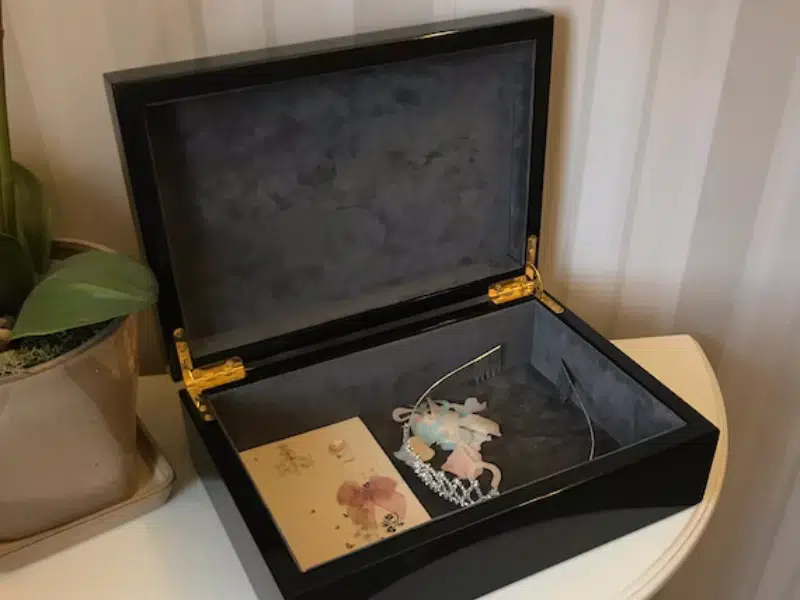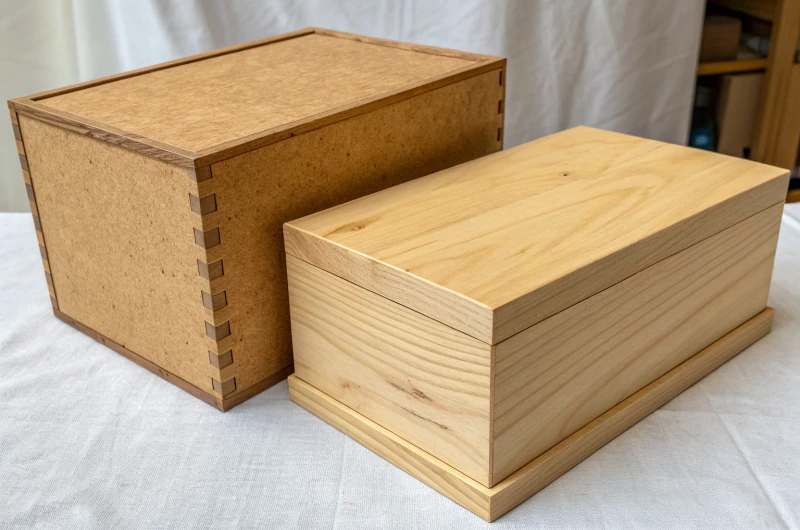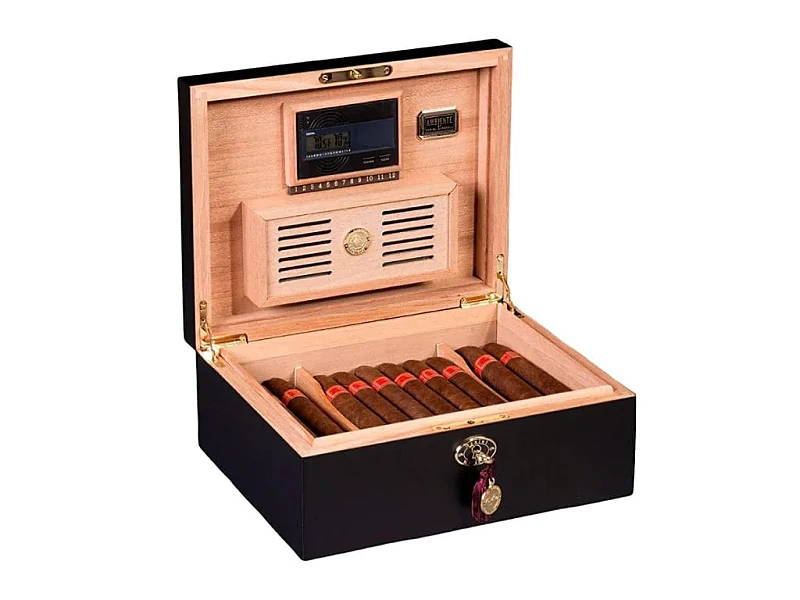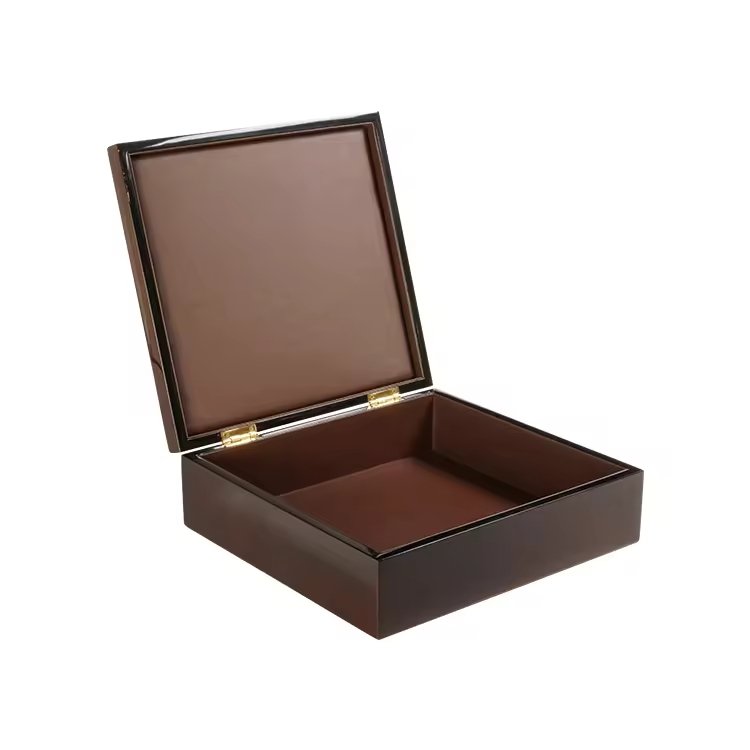
Incluso la caja de regalo más elegante puede parecer barata si el flocado de su interior es irregular, opaco o está mal aplicado.
El flocado aporta riqueza visual y lujo táctil, pero sólo si se hace correctamente, desde la preparación hasta el acabado.
A lo largo de los años, he trabajado con marcas de lujo que insisten en la perfección, especialmente en el interior de sus envases. Y es en el flocado donde suelen producirse errores costosos. Veamos los errores más comunes y cómo evitarlos.
¿Qué es el flocado y por qué es popular en los interiores de cajas de regalo de alta gama?
El flocado es el proceso de aplicar pequeñas fibras textiles (normalmente nailon o rayón)1 a una superficie recubierta de adhesivo. Proporciona una textura suave y aterciopelada2-a menudo se ve en bandejas de joyería, inserciones de cajas de perfume e interiores de cajas de regalo premium.
Principales ventajas del flocado:
- Añade un tacto afelpado que eleva el valor percibido
- Crea un superficie antideslizante3 para asegurar los objetos dentro de la caja
- Mejora riqueza cromática y profundidad visual
- Combina bien con madera, plástico, MDF y espuma bases
| Factor de calidad de flocado | Importancia de los envases de lujo |
|---|---|
| Textura uniforme | ★★★★★ |
| Color profundo y rico | ★★★★☆ |
| Adherencia duradera | ★★★★☆ |
| Aplicación sin fisuras | ★★★★★ |
✔ Una inserción flocada limpia da la impresión de sastrería a medida-debe tener un aspecto tan refinado como el propio regalo.
¿Cómo afecta una mala preparación de la superficie a la calidad y la adherencia del flocado?
Esta es la #1 fuente de fallo de flocado4. El adhesivo debe adherirse limpiamente a la superficie, ya sea MDF, espuma, plástico o cartón.
Errores comunes:
- Polvo o residuos en el sustrato
- Textura irregular de la superficie (el pegamento se asienta en abolladuras y agujeros)
- Aplicación de adhesivo sobre madera porosa no imprimadalo que lleva a una unión irregular
- Utilizando demasiado o demasiado poco adhesivo, provocando que las fibras se aglutinen o no se adhieran
Buenas prácticas:
- Limpiar con aire comprimido o un paño adhesivo
- Imprima o selle primero las superficies porosas
- Lije ligeramente el MDF o la madera antes de aplicar el pegamento
- Aplique cola en a capa uniforme y consistente5-ni demasiado grueso ni demasiado fino
✔ Siempre recalco a nuestro equipo de producción: El éxito del flocado comienza antes de que se aplique la primera fibra.
¿Cuáles son los riesgos de una distribución desigual de las fibras durante el proceso de aplicación?
El flocado no consiste sólo en rociar fibras al azar. Es un proceso preciso y electrostático6 donde las fibras se cargan e impulsan sobre la superficie recubierta de adhesivo.
Problemas que surgen sin una técnica adecuada:
- Agrupaciones o parches dispersos
- Desalineación de fibras, dando lugar a un aspecto apagado
- Sobre-bloqueoque hace que la superficie parezca pesada o turbia
- Fibras contaminadas (con polvo o pelusas) que dan lugar a una textura desigual
| Edición | Causa | Resultado |
|---|---|---|
| Fibra irregular7 | Ángulo de encolado o flocado desigual | Aspecto incoherente |
| Bultos o crestas | Adhesivo sobrecargado o caída estática | Textura poco profesional |
| Superficie mate8 | Baja carga electrostática | Acabado visual barato |
✔ Calibramos nuestro pistolas de flocado, presión y carga de cada material para mantener el control.
¿Cómo pueden la falta de coincidencia de colores y los parches arruinar la sensación de lujo de la caja?
Las incoherencias de color se aprecian de inmediato en los envases de lujo, sobre todo cuando el flocado debe coincidir con la marca de la caja.
Causas de los problemas de color:
- Lotes de tinte de fibra incorrectos utilizados en diferentes series de producción
- Grosor desigual de la cola, provocando manchas oscuras/claras
- Humedad en el ambiente que afectan a la claridad del adhesivo
- Utilizando pegamento que se decolora con el curado o la exposición a los rayos UV
Soluciones:
- Empareje previamente todos los lotes de fibra utilizando iluminación controlada (D65)9
- Utilice cola blanca, neutra o tintada según el color de la fibra
- Mantener un control estricto de temperatura y humedad10 durante el flocado
- Ejecutar un panel de pruebas con cada turno o lote
✔ Una vez, tuvimos que rehacer 2.000 plantillas porque un tambor de cola reaccionó mal con nuestro color de flocado burdeos. Nunca más.
¿Qué errores de secado y curado provocan problemas de durabilidad a largo plazo?
El flocado necesita tiempo y entorno de curado11 para que se adhiera firmemente. Apresurarse en este paso provoca un desgaste prematuro.
Errores comunes de curado:
- Mover la pieza antes de que el pegamento esté completamente curado
- Curado en zonas con mucho polvo o humedad
- Secado incompleto que provoca descamación, desprendimiento o decoloración12
| Tipo de curado | Intervalo de tiempo | Consideraciones |
|---|---|---|
| Secado al aire (a base de PU) | 6-12 horas | Necesita una sala limpia sin polvo |
| Asistido por calor | 30-60 minutos | Más rápido, pero con riesgo de cambio de color |
| Sistemas de curado UV | Menos de 5 minutos | Sólo para fórmulas de cola específicas |
✔ Seguir siempre especificaciones del fabricante del adhesivo13 para el tiempo de curado, la temperatura y el flujo de aire.
¿Cómo se garantiza una textura y un acabado homogéneos en las distintas formas de caja?
Los interiores de las cajas no siempre son planos. Las bandejas curvadas, las cavidades de varios niveles y las juntas en las esquinas complican el flocado.
Errores que hay que evitar:
- Aplicación desigual de cola en contornos complejos
- No ajustar el ángulo de flocado en paredes verticales o inclinadas
- Utilizando el mismo longitud de la fibra14 para todas las formas, provocando aglomeraciones en los huecos
Consejos profesionales:
- Enmascarar los bordes afilados de las esquinas para transiciones limpias
- Ajuste la longitud de la fibra (intervalo de 0,5-1 mm) en función de la complejidad del contorno
- Utilice múltiples ángulos de aplicación para una cobertura uniforme de las fibras
- Rebaño cavidades profundas por etapasno de una sola vez
✔ Para insertos intrincados, a menudo utilizamos plantillas giratorias personalizadas15 para garantizar una dirección y profundidad uniformes de las fibras.
Conclusión
El flocado impecable es la firma oculta de una caja de lujo.
Para hacerlo bien:
- Preparar meticulosamente la superficie
- Aplique la cantidad correcta de adhesivo y fibra, ni más ni menos.
- Combina con cuidado el color del flocado y el sistema de encolado
- Controle el entorno de curado para un rendimiento duradero
- Ajuste su técnica en función de la forma y la complejidad de la caja
Porque cuando alguien abre una caja de regalo de lujo, no sólo ve el producto, sino que lo siente. artesanía en cada rincón.
Marca: WoodoBox
Eslogan: Cajas de madera personalizadas, hechas a la perfección
Página web: www.woodobox.com
-
Comprender los materiales utilizados en el flocado puede mejorar sus conocimientos sobre los envases de lujo y sus ventajas. ↩
-
Explorar la importancia de la textura en el envasado puede ayudarle a apreciar su impacto en el valor percibido y la experiencia del cliente. ↩
-
Conocer las ventajas de las superficies antideslizantes puede ayudarle a elegir el diseño de envases para productos de gama alta. ↩
-
Comprender los fallos del flocado puede ayudarle a mejorar sus técnicas adhesivas y garantizar mejores resultados en sus proyectos. ↩
-
Aprender las mejores técnicas de aplicación de adhesivo puede mejorar significativamente la calidad del flocado y el éxito general del proyecto. ↩
-
Comprender el proceso electrostático preciso en el flocado puede mejorar su técnica de aplicación y mejorar los resultados. ↩
-
Explorar las causas de la irregularidad de las fibras puede ayudarle a evitar errores comunes y a conseguir un acabado más uniforme. ↩
-
Aprender a evitar una superficie mate puede elevar la calidad de sus proyectos de flocado y garantizar un aspecto profesional. ↩
-
Explorar técnicas de iluminación controlada puede mejorar el atractivo visual y la coherencia de sus envases. ↩
-
Descubra cómo la gestión de la temperatura y la humedad puede evitar costosos errores de producción y garantizar la calidad. ↩
-
Comprender la importancia del tiempo de curado y del entorno puede ayudar a garantizar uniones adhesivas fuertes y duraderas, evitando problemas futuros. ↩
-
Explorar las causas de estos problemas puede ayudarle a evitar errores comunes y mejorar la longevidad de sus proyectos. ↩
-
Seguir las especificaciones del fabricante es crucial para lograr resultados óptimos y garantizar la durabilidad de sus aplicaciones adhesivas. ↩
-
Comprender el impacto de la longitud de la fibra en el flocado puede mejorar significativamente sus resultados; consulte este recurso para obtener información detallada. ↩
-
Descubra cómo las plantillas giratorias personalizadas pueden mejorar su proceso de flocado, garantizando precisión y consistencia en sus proyectos. ↩





